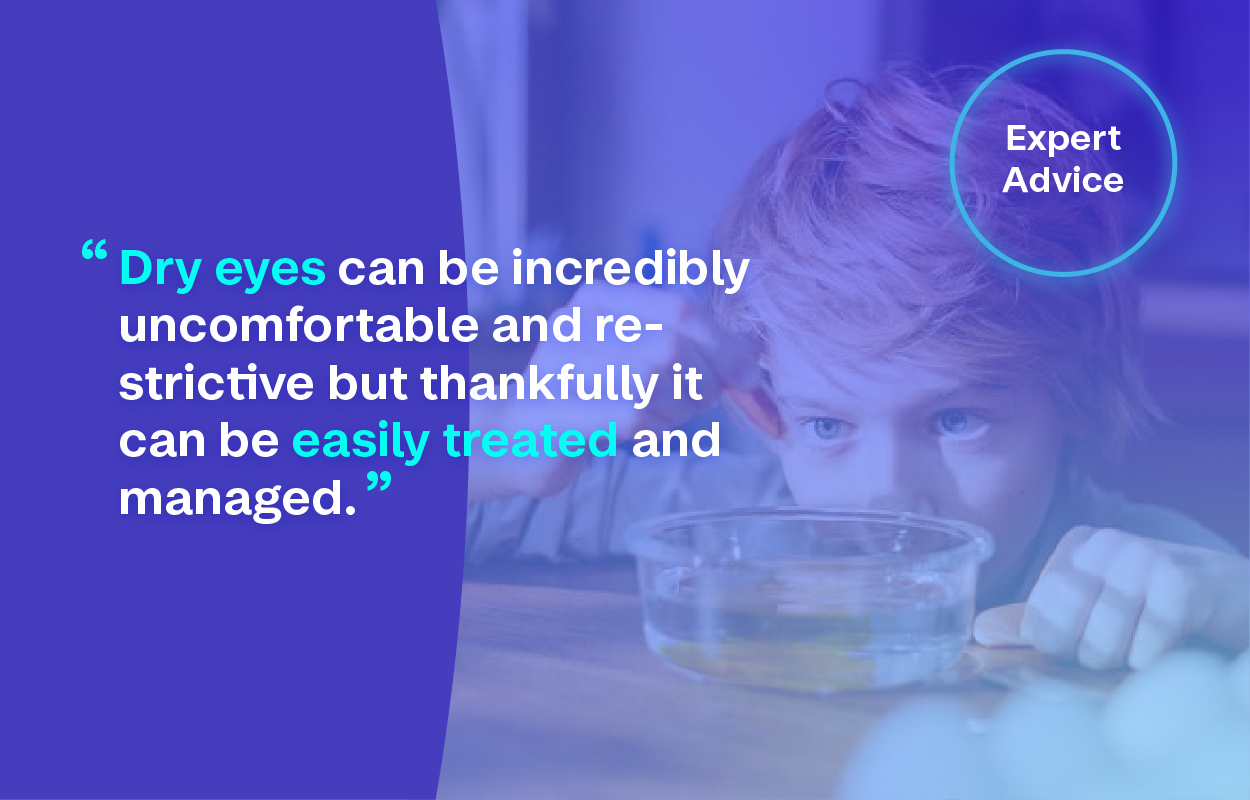{"home page":[{"id":2802,"type":"home page","title":"Specialist Opticians and Eyewear Experts","slug":"home","distributions":[]}],"index page":[{"id":2838,"type":"index page","title":"Eyecare","slug":"eyecare","distributions":[]},{"id":2917,"type":"index page","title":"Eyewear","slug":"eyewear","distributions":[]},{"id":3170,"type":"index page","title":"Branches","slug":"branches","distributions":[]},{"id":216076,"type":"index page","title":"Branches 2","slug":"","distributions":[]}],"default page":[{"id":3060,"type":"default page","title":"Test default","slug":"test-default","distributions":[]},{"id":3437,"type":"default page","title":"Silhouette","slug":"Silhouette","distributions":[]},{"id":3447,"type":"default page","title":"Boss","slug":"boss","distributions":[]},{"id":3462,"type":"default page","title":"Jimmy Choo","slug":"jimmy-choo","distributions":[]},{"id":3477,"type":"default page","title":"William Morris","slug":"william-morris","distributions":[]},{"id":3487,"type":"default page","title":"Dragon","slug":"dragon","distributions":[]},{"id":3497,"type":"default page","title":"Swarovski","slug":"swarovski","distributions":[]},{"id":3507,"type":"default page","title":"Guess","slug":"guess","distributions":[]},{"id":3522,"type":"default page","title":"Calvin Klein","slug":"calvin-klein","distributions":[]},{"id":3532,"type":"default page","title":"Ray-Ban","slug":"ray-ban","distributions":[]},{"id":3542,"type":"default page","title":"Flexon","slug":"flexon","distributions":[]},{"id":3559,"type":"default page","title":"Skaga","slug":"skaga","distributions":[]},{"id":3579,"type":"default page","title":"Tom Davies","slug":"tom-davies","distributions":[]},{"id":4432,"type":"default page","title":"Fantastic & Affordable","slug":"complete","distributions":[]},{"id":4514,"type":"default page","title":"Terms & Conditions","slug":"terms","distributions":[]},{"id":4520,"type":"default page","title":"Privacy,Cookie and Freedom Of Information Policy","slug":"privacy","distributions":[]},{"id":4527,"type":"default page","title":"Testimonials","slug":"testimonials","distributions":[]},{"id":4534,"type":"default page","title":"Customer Letter: Andy","slug":"letter-friend-andy","distributions":[]},{"id":4564,"type":"default page","title":"Frame Repair Service","slug":"frame-repair-service","distributions":[]},{"id":4605,"type":"default page","title":"Eye Test Packages","slug":"3-tier-eye-examination","distributions":[]},{"id":13964,"type":"default page","title":"A message from Pinders Directors Peter Herniman, Martine Lilleyman and Hannah Shooter","slug":"covid19message","distributions":[]},{"id":13975,"type":"default page","title":"Seeing you through Covid-19 safely","slug":"covid-faq","distributions":[]},{"id":14023,"type":"default page","title":"Common Eye Conditions Explained","slug":"eyeconditions","distributions":[]},{"id":14040,"type":"default page","title":"Team Support","slug":"team","distributions":[]},{"id":214561,"type":"default page","title":"Careers","slug":"careers","distributions":[]},{"id":214573,"type":"default page","title":"Myopia Management","slug":"myopia","distributions":[]},{"id":215231,"type":"default page","title":"New look coming to Pinder's in Mansfield","slug":"newlook","distributions":[]},{"id":215489,"type":"default page","title":"News and events","slug":"blog","distributions":[]}],"specialist service":[{"id":3073,"type":"specialist service","title":"Eyedream","slug":"eyedream","distributions":[]},{"id":3710,"type":"specialist service","title":"The Eye Spa","slug":"theeyespa","distributions":[]},{"id":3714,"type":"specialist service","title":"Colorimetry and Visual Stress","slug":"colour-overlays-and-colorimetry","distributions":[]},{"id":3731,"type":"specialist service","title":"Diabetic Retinopathy","slug":"diabetic-retinopathy","distributions":[]},{"id":3735,"type":"specialist service","title":"Advanced Eye Imaging","slug":"advanced-eye-imaging","distributions":[]},{"id":4556,"type":"specialist service","title":"Contact Lens Fitting","slug":"contact-lens-fitting","distributions":[]}],"about":[{"id":3113,"type":"about","title":"About","slug":"about","distributions":[]}],"page":[{"id":3282,"type":"page","title":"Search","slug":"search","distributions":[]},{"id":3970,"type":"page","title":"test","slug":"","distributions":[]},{"id":6731,"type":"page","title":"test","slug":"","distributions":[]},{"id":7435,"type":"page","title":"Ttfg","slug":"","distributions":[]},{"id":19425,"type":"page","title":"Tom Davies Bespoke","slug":"bespoke","distributions":[]},{"id":216206,"type":"page","title":"Care Plan Information","slug":"","distributions":[]}],"eyecare":[{"id":3604,"type":"eyecare","title":"Eye Examination","slug":"eye-examination","distributions":[]},{"id":3615,"type":"eyecare","title":"The Care Plan","slug":"eyeplan","distributions":[]},{"id":3627,"type":"eyecare","title":"Contact Lenses","slug":"contact-lenses","distributions":[]},{"id":3638,"type":"eyecare","title":"Specialist Services","slug":"specialist-services","distributions":[]},{"id":214446,"type":"eyecare","title":"Myopia Management","slug":"myopia-control","distributions":[]},{"id":216006,"type":"eyecare","title":"The Eye Spa","slug":"dryeyetherapy","distributions":[]}],"eyewear":[{"id":3649,"type":"eyewear","title":"Frames","slug":"frames","distributions":[]},{"id":3663,"type":"eyewear","title":"Lenses","slug":"lenses","distributions":[]},{"id":3677,"type":"eyewear","title":"Contact Lenses","slug":"contact-lenses","distributions":[]},{"id":3691,"type":"eyewear","title":"Sunglasses","slug":"sunglasses","distributions":[]}],"branch":[{"id":3739,"type":"branch","title":"Pinders Opticians Mansfield","slug":"queen-street","distributions":[]},{"id":3752,"type":"branch","title":"Pinders Opticians Southwell","slug":"southwell","distributions":[]},{"id":3778,"type":"branch","title":"Pinders Opticians Warsop","slug":"warsop","distributions":[]},{"id":3791,"type":"branch","title":"Pinders Opticians New Ollerton","slug":"new-ollerton","distributions":[]}],"blog":[{"id":4573,"type":"blog","title":"Glare from headlights?","slug":"glare-from-headlights-driving-at-night-a-problem-have-zeiss-found-the-answer-a-review-by-peter-herniman-fbdo","distributions":[]},{"id":4591,"type":"blog","title":"Pinders Opticians Double Celebration of 25 Years Service","slug":"double-celebration-of-25-years-service","distributions":[]},{"id":4679,"type":"blog","title":"New career opportunities","slug":"new-career-opportunities","distributions":[]},{"id":4689,"type":"blog","title":"Vision Aid","slug":"visionaid","distributions":[]},{"id":4810,"type":"blog","title":"27th August Bank Holiday Closure","slug":"holiday","distributions":[]},{"id":4844,"type":"blog","title":"Pinders Spectacular Fashion Show","slug":"fashionshow","distributions":[]},{"id":5806,"type":"blog","title":"Pinders mark retirement of Geoff Rybicki with company celebration","slug":"geoff-retirement","distributions":[]},{"id":6079,"type":"blog","title":"Christmas opening","slug":"christmasopening","distributions":[]},{"id":6647,"type":"blog","title":"Eyewear on the slopes","slug":"eyewearontheslopes","distributions":[]},{"id":13400,"type":"blog","title":"Advanced eye exams are they worth it?","slug":"adveye","distributions":[]},{"id":13863,"type":"blog","title":"Pinders Coronavirus (Covid-19) Statement Update","slug":"corona","distributions":[]},{"id":13912,"type":"blog","title":"Pinders Going The Extra Mile","slug":"extra-mile","distributions":[]},{"id":212038,"type":"blog","title":"Rufford Avenue Merger to Queen Street Mansfield","slug":"rufford-avenue-merger-to-queen-street-mansfield","distributions":[]},{"id":213475,"type":"blog","title":"Keeping your eyes safe during Bonfire Night","slug":"keeping-your-eyes-safe-during-bonfire-night","distributions":[]},{"id":214321,"type":"blog","title":"\u201cHelp! My child doesn\u2019t want to wear their glasses.\u201d","slug":"eye-wear-for-kids","distributions":[]},{"id":214401,"type":"blog","title":"Diabetes & vision \u2013 get to know the facts","slug":"diabetes-and-vision","distributions":[]},{"id":214411,"type":"blog","title":"A closer look at contact lenses","slug":"contact-lenses","distributions":[]},{"id":214421,"type":"blog","title":"Suffering from dry eyes?","slug":"dry-eyes","distributions":[]},{"id":214431,"type":"blog","title":"Visual stress & colour overlays \u2014\u00a0all you need to know","slug":"visual-stress-colour-overlays","distributions":[]},{"id":214606,"type":"blog","title":"Are you hybrid working? The top tips to protect your eyes","slug":"are-you-hybrid-working","distributions":[]},{"id":214738,"type":"blog","title":"It\u2019s hay fever season! Our top tips on how to prevent it.","slug":"hay-fever","distributions":[]},{"id":214824,"type":"blog","title":"Keeping your children\u2019s eyes safe this summer","slug":"sunglasses-for-kids","distributions":[]},{"id":214844,"type":"blog","title":"Myopia \u2014 a guide for parents","slug":"myopia-guide","distributions":[]},{"id":214926,"type":"blog","title":"How to help prevent your child from becoming Myopic \u2014 a guide for parents","slug":"myopia-guide-for-parents","distributions":[]},{"id":214937,"type":"blog","title":"Bonfire Night is Back!","slug":"bonfire-night-is-back","distributions":[]},{"id":215224,"type":"blog","title":"Pinder's Mansfield new look coming soon...","slug":"newlook","distributions":[]},{"id":215459,"type":"blog","title":"Contact lenses \u2014 are they right for you?","slug":"contact-lenses","distributions":[]},{"id":215476,"type":"blog","title":"Is driving at night a problem? Has Zeiss found the answer?","slug":"","distributions":[]},{"id":215806,"type":"blog","title":"How do you find a good optician?","slug":"goodoptician","distributions":[]},{"id":215834,"type":"blog","title":"Are computer glasses a thing?","slug":"vdu","distributions":[]},{"id":216086,"type":"blog","title":"Summer Sun are your eyes ready?","slug":"","distributions":[]},{"id":216090,"type":"blog","title":"Are your eyes ready for the summer?","slug":"uv","distributions":[]}]}


